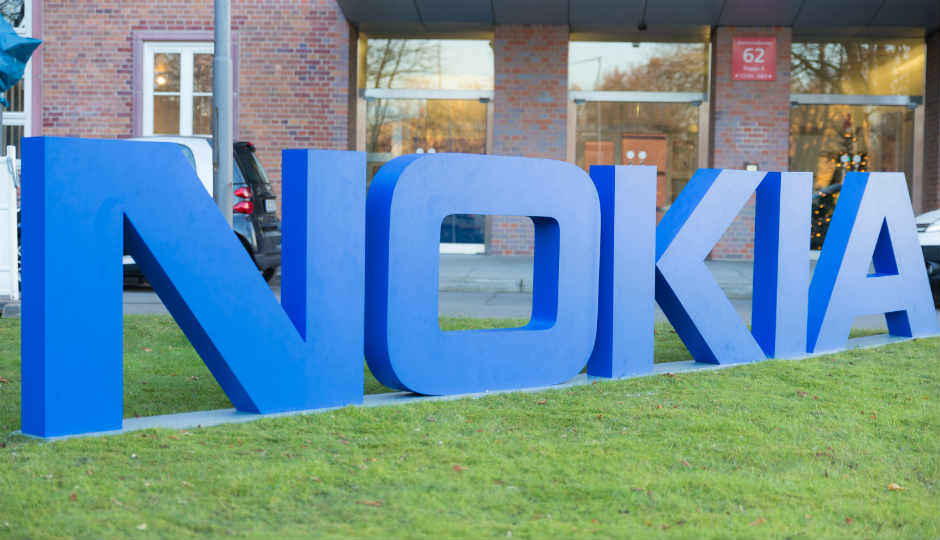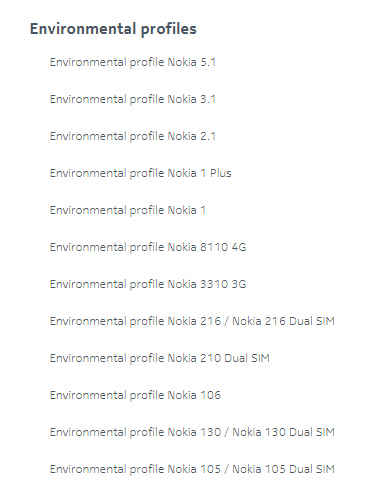HMD Global puts out environmental profiles of certain Nokia phones
HMD Global has listed 12 devices of the entire portfolio and it claims that the phones are free of brominated and chlorinated compounds, and antimony trioxide, PVC and nickel on the product surface.

Highlights:
 Survey
Survey- HMD Global lists environmental profiles of selected Nokia phones.
- The company claims that these products are free from substances like PVC.
- It is also claimed that the phones are made of renewable materials.
At a time when tech giants are putting their words into action in terms of adopting an environment-friendly approach, HMD Global is also doing its bit. The Finnish tech giant, which sells Nokia-branded phones, has listed the environmental profiles of certain phones on its website. The listing provides information on the materials and substances used in manufacturing of a certain phone. Phones in HMD Global's environment friendly list include Nokia 5.1, Nokia 3.1, Nokia 2.1, Nokia 1 and othe Nokia feature phones.
The company has listed only 12 of the entire portfolio of Nokia devices and none of them are flagship phones. Almost all the devices that are listed seem to strictly follow environment-friendly principles and are claimed to be free of harmful substances. The listing says that the materials and substances used in the manufacturing of the phones are free of brominated and chlorinated compounds as well as antimony trioxide. Reportedly, they also do not contain PVC and are free of nickel on the product surface.
The listing also claims that the said phones are made of renewable materials, that is, they contain nearly 32 percent recycled material and the packaging is 100 percent recyclable. The company mentions that all materials used in the phones can be recovered as materials and energy.
Earlier this year, a finding caused a stir in the smartphone industry claiming that Xiaomi and OnePlus devices emit maximum radiation. Xiaomi phones were the most preferred devices in the mid-segment market, while OnePlus phones were the most popular in the sub-Rs 40,000 segment in India last year. Though the findings were based on the criteria set by the German Federal Office for Radiation Protection (Bundesamt für Strahlenschutz), it raised alarm bells in India as well. The report forced Xiaomi and OnePlus to issue a statement claiming that they follow the norms set by Indian authorities.
Last year, a report said that smartphones cause maximum damage to the environment. A study from researchers at McMaster University (via Fast Company) said that with a two-year average life cycle, they’re more or less disposable. “The problem is that building a new smartphone–and specifically, mining the rare materials inside them–represents 85 percent to 95 percent of the device’s total carbon dioxide emissions for two years. That means buying one new phone takes as much energy as recharging and operating a smartphone for an entire decade,” the study found.
The researchers also found that phones with larger screens have a worse carbon footprint than the ones with the smaller screens. To take part in preventing the worsening of the planet’s environment, the researchers say that people can use their phones for longer durations. “Using a smartphone for three years instead of two can make a considerable impact to your own carbon footprint, simply because no one has to mine the rare materials for a phone you already own,” they say.
(Digit.in has reached out to HMD Global on why only select smartphones are included in the list. We’ll update the article if and when we hear back from the company.)
Related Read:
Digit NewsDesk
Digit News Desk writes news stories across a range of topics. Getting you news updates on the latest in the world of tech. View Full Profile
